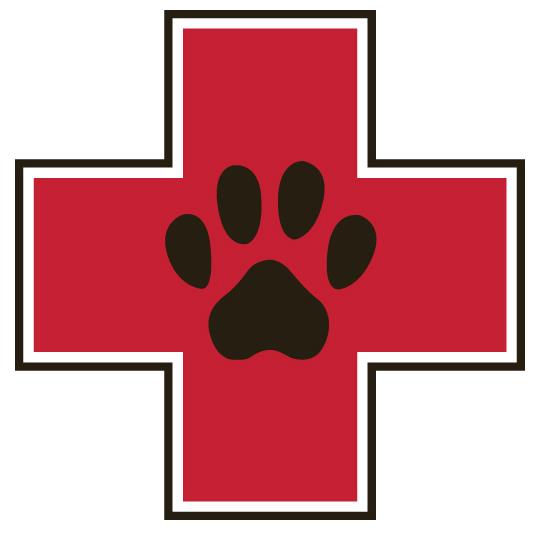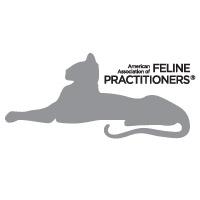Library
-
Fear can be a normal response to a threat, but it can also be maladaptive, contributing to emotional and physical distress. Anxiety is the anticipation of fear and can contribute to chronic stress and behavioral illness. Phobias are intense fear responses to relatively benign triggers. Behavior modification and, in some cases, medications may be used to treat fear, anxiety, and phobias in dogs and cats.
-
Cat food has been made so palatable that it can easily create gluttonous behavior. Meal feeding and portion control are important to prevent obesity. Owners should not give in to begging behavior. Cats that are still hungry after their meal can be supplemented with snacks such as green vegetables recommended by your veterinarian. Cats that eat too quickly can be fed creatively to slow down eating.
-
Interactive feeders that require a pet to think and work for their food call upon pets’ natural instincts to hunt or forage. Besides being fun, these food puzzles may help both physical and behavioral problems in cats and dogs. When used correctly, interactive feeders may benefit pets that eat too quickly, become bored when alone, or suffer from separation anxiety.
-
Successful airline travel with a cat begins long before the day of travel. Do your homework with the airlines. Acquire your cat's travel carrier well before your trip to allow her to become comfortable with it. Schedule a visit with your veterinarian close to the date of travel. Consult your veterinarian to create the best travel plan for your cat if she does not travel well. With some advance planning, attention to detail, and consultation with your veterinarian, flying with your cat can be a great experience.
-
Gentamicin + betamethasone valerate + clotrimazole (Otomax®) is a combination topical ear medication used to treat bacterial and/or yeast ear infections in dogs. It is also used off label to treat bacterial and/or yeast infections in cats, or for the topical treatment of superficial skin infections in both dogs and cats.
-
Head down. Eyes averted. Shoulders hunched. Tail thumping the floor. Body retreating. Your pet looks guilty, maybe even apologetic, right? WRONG! Your pet’s body posture and attitude do not indicate guilt or remorse but represent a response to your body posture and attitude.
-
When a beloved family member dies, the surviving people and pets mourn the loss. Dogs and cats rely on their social group for safety and emotional well being. Surviving pets experience the loss of a favored companion and a disruption of the social dynamic. They may also be distressed when they sense changes in the emotions and behavior of household people.
-
House training is best accomplished with patience and positive reinforcement. Teaching a cat to be well house-trained makes them a more enjoyable pet and a welcome guest. Many cats nearly house train themselves, but it's important to meet cats' needs to ensure they maintain desirable habits for a lifetime.
-
Cats are very good at hiding signs of pain, so cat owners need to be very observant to recognize behavior changes that indicate their cat needs help. Some of the most common behavior changes are associated with grooming and litter box habits. This handout describes these and other changes to watch for, as well as advice on how to support your aging cat.
-
Inappropriate elimination generally refers to urination and/or defecation in places other than the litter box. The behavior is sometimes referred to as ‘house soiling’. Inappropriate elimination may be due to a medical condition, a behavioral disorder, or both. Treatment is very specific to the underlying cause.




